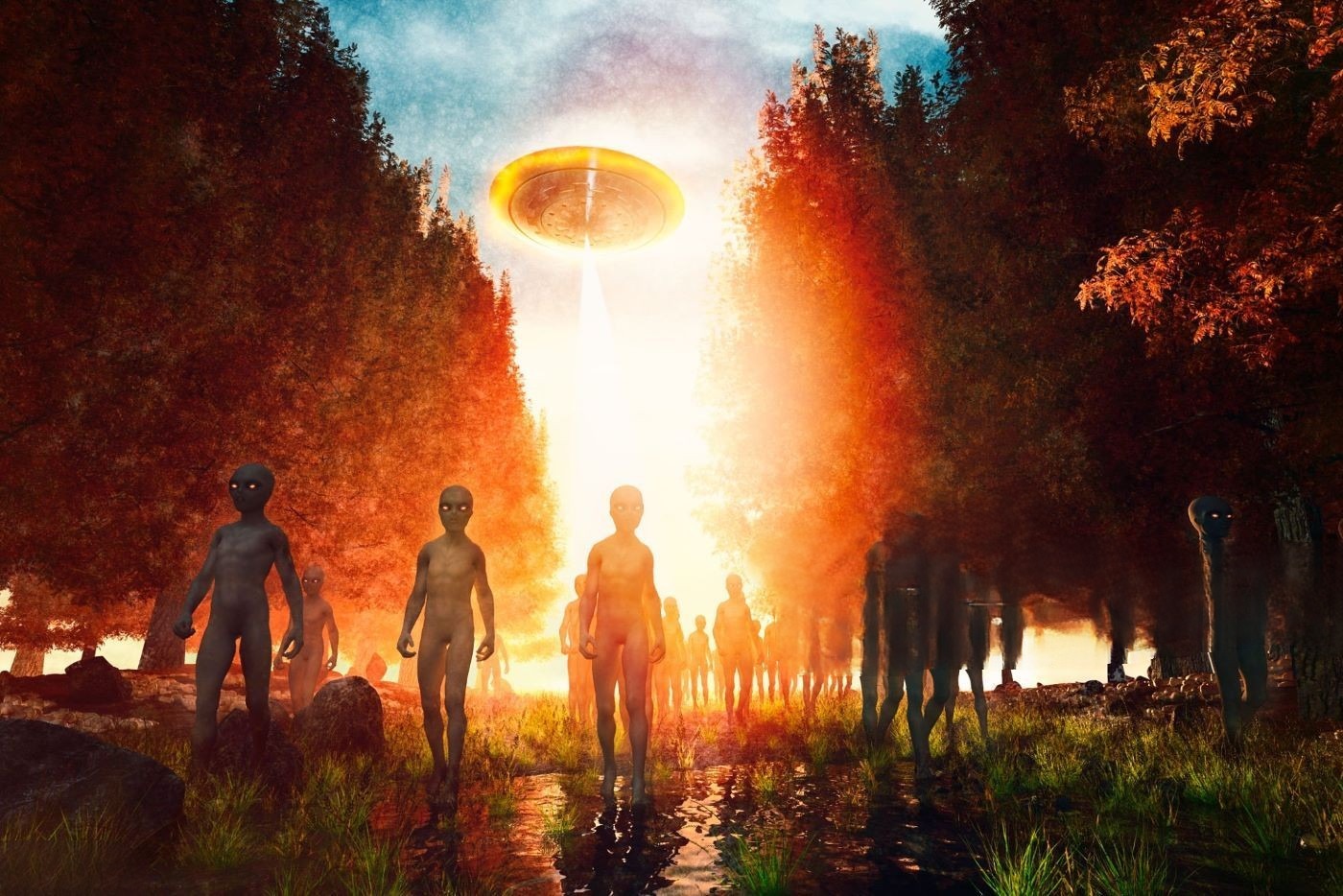“Two possibilities exist: either we are alone in the Universe or we are not. Both are equally terrifying.”
-Arthur C. Clarke, science fiction author, and former Planetary Society board member
The concept of aliens has long captivated our imaginations. From sci-fi movies to UFO sightings, we’ve pondered the existence of extraterrestrial life. But what’s the real story behind the possibility of aliens? Let’s dive into some fascinating facts and explore the question: Are aliens real?
The Likelihood of Alien Life
How Probable is Alien Existence?
To understand the odds of aliens existing, we need to consider the vastness of the universe. Our observable universe contains over 2 trillion galaxies, and our Milky Way alone boasts at least 100 billion stars. With the discovery of exoplanets (planets orbiting distant stars), the chances of other planets hosting life have surged. Even our Solar System has intriguing candidates, such as Mars, which may have harbored life in the past.
When we crunch the numbers, there are mind-boggling 20 sextillion (20 billion trillion) worlds out there. Is Earth truly one in 20 sextillion? Or could life have emerged on more than one of these celestial bodies?
Defining Aliens
When we say “aliens,” we often envision little green beings resembling humans. However, astrobiologists, and scientists who study extraterrestrial life, have a different view. Based on Earth’s history, the most probable alien life forms are microscopic.

For the first 3 billion years of life on Earth, everything was microscopic. Microbes ruled the planet, even producing oxygen in our atmosphere. Today, microbes still thrive in extreme conditions like deep-sea vents, acidic pools, and icy landscapes. Given their adaptability, microbes are the leading candidates for extraterrestrial life.
Unfortunately, these tiny life forms are invisible to the naked eye, making them impossible to spot through telescopes. Instead, we search for indirect signs, such as biosignatures—biological clues like unique atmospheric gases.
Potential Alien Habitats
Could aliens exist closer than we think? Our own Solar System provides some clues. Mars, once a warm, watery world, might still conceal microscopic life. Moons of Jupiter and Saturn, with liquid water beneath icy surfaces, also hold potential. Beyond our Solar System, exoplanet research uncovers more possibilities. As we discover planets in distant star systems, we analyze their atmospheres for biosignatures and even listen for signs of intelligent life.
The Hunt for Intelligent Aliens
Considering the sheer number of planets and moons in the Universe, Earth is unlikely to be the sole home to intelligent life. But how can we detect intelligent aliens?
For eons, humans were only seen as microbes by any potential distant observers. Detecting intelligent life requires more than just a telescope. We search for radio or laser signals, industrial pollutants in atmospheres, artificial lights at night, and other telltale signs.
This pursuit falls under the field of SETI (Search for Extraterrestrial Intelligence). Despite years of listening, we’ve yet to find conclusive alien signals. This leads to the Fermi paradox, which questions why, with so many potential civilizations, we haven’t made contact. Perhaps technologically advanced alien life is exceedingly rare, or our cosmic neighbors are simply too distant for us to detect.
UFOs and Alien Claims
Are UFOs or UAPs Evidence of Aliens?
Unidentified flying objects (UFOs), now known as unidentified aerial phenomena (UAPs), have intrigued people worldwide. Many associate them with aliens, but there’s no concrete proof.
One of the most captivating UFO sightings occurred in Roswell, New Mexico, in 1947. An unidentified object crashed, sparking rumors of an extraterrestrial spacecraft. While the official explanation was a weather balloon, the Roswell incident remains a subject of debate and fascination.
Here’s a list of some famous UFO sightings for your reference:

| UFO Sighting | Location | Year |
| Roswell Incident | Roswell, New Mexico | 1947 |
| Phoenix Lights | Phoenix, Arizona | 1997 |
| Rendlesham Forest | Suffolk, England | 1980 |
| The Lubbock Lights | Lubbock, Texas | 1951 |
| Belgian UFO Wave | Belgium | 1989-90 |
| McMinnville UFO Photos | McMinnville, Oregon | 1950 |
UFOs and UAPs, by definition, are unidentified, often due to blurry photos or lack of knowledge. While many believe aliens are responsible for these sightings, investigations haven’t substantiated these claims. Sociological and psychological explanations often eclipse abduction and UFO sighting claims.
The Unwavering Search
Though concrete evidence of aliens remains elusive, the likelihood of extraterrestrial life is high, fueling our determination to search.
With each mission to explore distant worlds, every space telescope scanning distant star systems, and every radio telescope listening for signals, we gain insight into our vast universe. Whether we find other life forms or not, our quest for knowledge continues, reassuring us that we’re not alone in the cosmos.
Remember, the universe still holds many mysteries, and the search for aliens is far from over.
